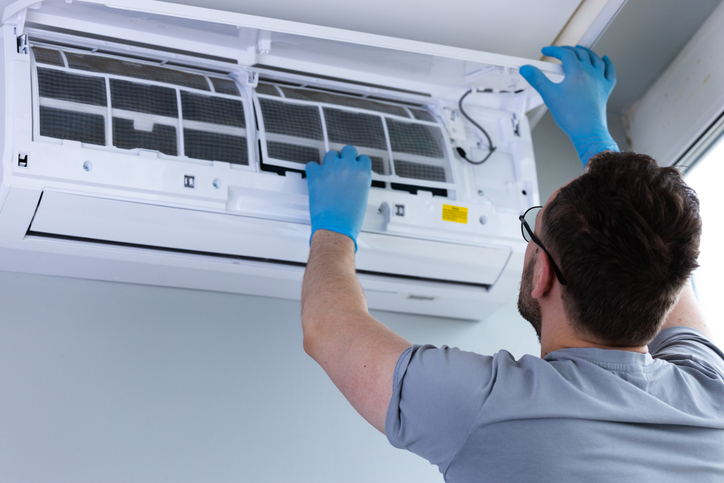Introduction
In Texas, the weather isn’t just unpredictable—it’s intense. From record-breaking summer highs to sudden cold snaps, these temperature swings can take a serious toll on your HVAC system. That’s why so many homeowners find themselves in urgent need of AC repair in Plano, TX, as seasons shift or temperatures spike. Understanding how extreme weather conditions affect your system is key to avoiding breakdowns and keeping your home comfortable. Here’s how changing weather can impact your air conditioner—and what you can do about it.
How Extreme Weather Increases AC Repair Needs
1. Prolonged Heatwaves Overload the System
When the mercury rises above 100°F for days on end, your cooling unit runs nonstop just to keep up. This prolonged use stresses internal components like the compressor and condenser. Over time, that wear and tear can lead to system failures, refrigerant leaks, or blown capacitors. Regular inspections and prompt servicing during the early summer months can help offset this stress. Staying ahead of the game keeps your unit functioning when you need it most.
2. Cold Weather Can Damage Internal Components
Although winters in Texas are generally mild, unexpected cold snaps can still affect your AC unit, especially if it operates with a heat pump. Sudden temperature drops may cause ice buildup around coils or on outdoor units. This forces the system to work harder, consuming more energy and wearing down parts faster. If you’ve recently scheduled an AC installation in Richardson, TX, make sure your system has proper winter settings and protections in place.
3. Humidity Triggers Moisture-Related Problems
High humidity doesn’t just make you uncomfortable—it also challenges your air conditioner’s ability to regulate moisture. Over time, excess humidity can cause mold buildup in coils and drain lines. That leads to clogs, bad odors, and even structural damage inside the unit. A properly maintained system can manage these effects, but skipping regular service can result in bigger issues. Adding a dehumidifier or ensuring balanced airflow may also help in extreme humidity zones.
4. Storms and Power Surges Damage Controls
Heavy thunderstorms, which are common in the warmer months, bring risks beyond flooding. Lightning and power surges can fry your AC’s internal electronics or trip circuit boards. This leaves homeowners without cooling and facing unexpected repair costs. Surge protectors and breaker checks should be part of any regular maintenance schedule. Homeowners concerned about ductless AC installation cost in Plano, TX, often choose to protect their investment with power backup solutions.
5. Dust and Pollen Build-Up in Transitional Seasons
Spring and fall might not bring the heat, but they do come with dust, pollen, and allergens. These airborne particles can clog filters and strain internal components if not cleaned regularly. Reduced airflow leads to inefficient cooling, higher bills, and system stress. Replacing filters and cleaning vents during these transitional months helps ensure smooth performance year-round.
Weather extremes are more than just inconvenient—they directly impact the health and function of your air conditioner. Whether it’s scorching heat, high humidity, or unexpected cold fronts, each season presents its challenges. Homeowners who stay proactive with maintenance can minimize the risk of damage and maximize the lifespan of their system. Understanding these seasonal effects helps you stay one step ahead, avoiding emergency service calls and high energy bills.
With ClassicABC ABC, you get fast, professional, and reliable service tailored to the unique demands of your area. Our expert technicians understand the challenges local homes face and offer smart solutions.
📌 Your Local Comfort Experts — Now Serving You as ClassicABC ABC, Offering the Same Fast and Reliable Air Conditioning, Heating and Plumbing Services You Know and Trust.

